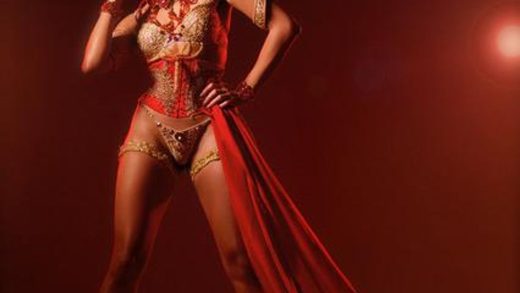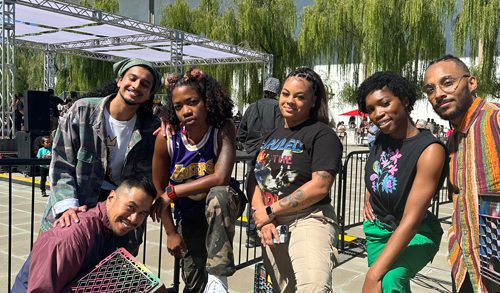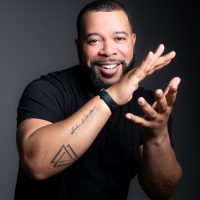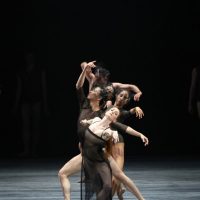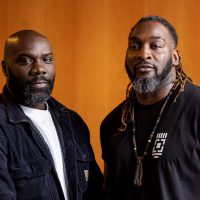July 18 marks the end of an era: Gillian Murphy, American Ballet Theatre’s longest-standing current dancer, will give her final performance in Swan Lake after a 29-year career. (She’s been a principal dancer there since 2002.) Known for her bold technical strength, she is also an artist of profound intelligence, bringing nuanced, thoughtful interpretations to ballets like Sylvia, La Bayadère, La Fille Mal Gardée, Pillar of Fire, Le Corsaire, and so many more.
As such, each of her performances this final season has felt like a major event. Fans young and old lined up outside the Metropolitan Opera House on a recent Wednesday afternoon to catch her last Giselle, a pure-hearted interpretation that she’s grounded in research. While weekday matinees are generally staid affairs, on this day the house thundered with applause.
Murphy, 46, trained at North Carolina School of the Arts before joining ABT in 1996. In recent years she has laid the groundwork for her next steps, earning a college degree from St. Mary’s College of California and completing Harvard Business School’s “Crossover to Business” program. Since 2021 she has also served as artistic associate of American Repertory Ballet, where her husband, former ABT principal Ethan Stiefel, is now artist in residence after over three years as artistic director. They have a 6-year-old son, Ax.
We caught up with Murphy ahead of her last performance to talk about her legacy, her favorite roles, and what she is looking forward to next.
How has this last season been going for you? Does everything feel heightened?
It does, and it feels very emotional. The amount of support and love from my peers has ratcheted up the intensity. But the season is going well. I’ve done a performance of Swan Lake and Woolf Works. It was very meaningful to portray Virginia Woolf as she reflects on time and identity and memory and letting go, especially right now, at the end of my career. Whenever I’m onstage, I’m very aware that we don’t know what will happen tomorrow, so it’s important to seize the moment and be grateful for the opportunity. This season I’m definitely feeling “extra,” on that front.
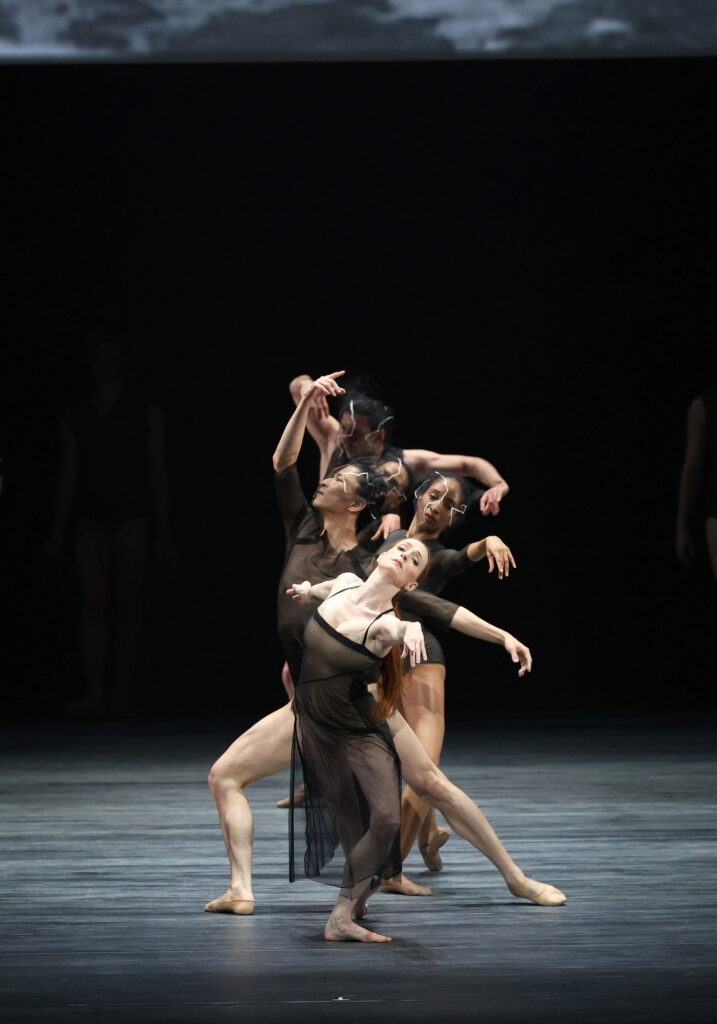
Your partner for your first Swan Lake this season was corps member Michael de la Nuez, who was making his debut as Siegfried. What was that experience like?
It was thrilling. Someone said we were the alpha and omega—the beginning and the end. He only had a month to get it together because, unfortunately, the partner who I was going to dance with, Tom Forster, is dealing with an injury. [Back in May] my director, Susan Jaffe, had asked how I would feel about dancing the Black Swan pas de deux with Michael for the ABT gala, and I said, “Let’s do it.” After a couple rehearsals, I told her that if she wanted to give Michael a full-length, I’d be open to dancing with him for my first Swan Lake this season.
I tried to be as supportive and as helpful as possible in giving him confidence and offering constructive feedback. I knew he would be great, but he brought star power to the evening—he was astoundingly good. And he partnered me with such care and presence. The energy and support from the audience, for both of us, was absolutely wild.
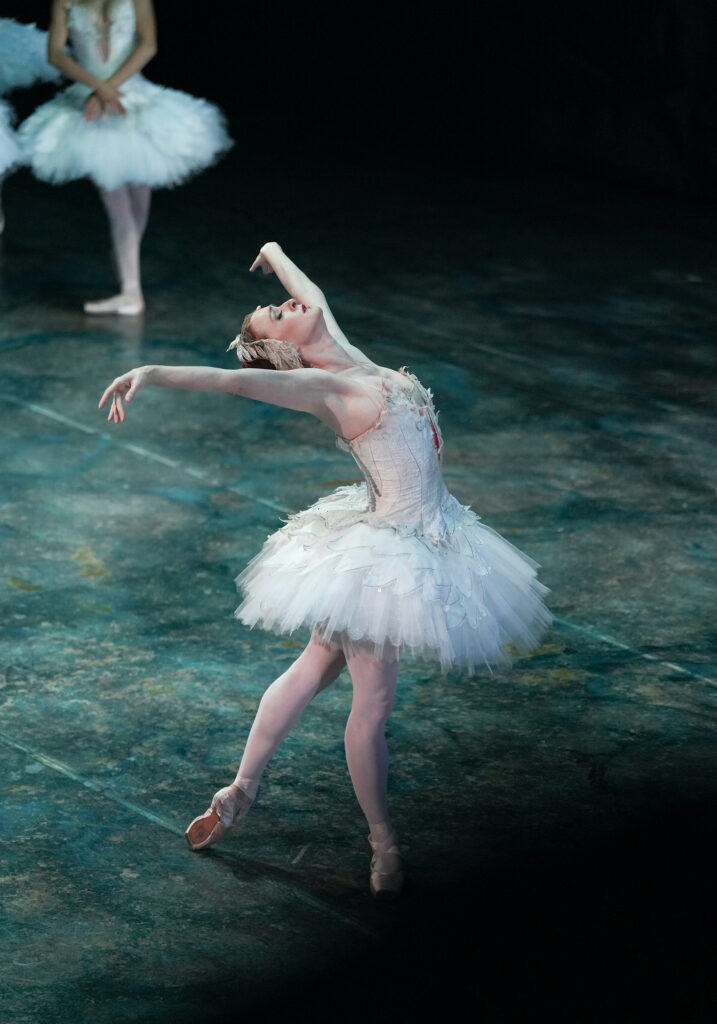
You’re dancing Swan Lake again with James Whiteside for your last performance. Why did you choose this ballet to go out on?
I have so many favorite ballets, but Swan Lake stood out as extra-special. I love both roles, Odette and Odile. It was also the ballet that I was filmed in when I was a young principal. Over the years, I’ve gotten countless messages from people around the country and world expressing how meaningful that film was to them. So it felt like the right choice to finish with. That being said, it’s not the easiest option!
You mentioned having a lot of favorite roles. Were there any in particular that really helped you grow as an artist?
I’d say Hagar from Antony Tudor’s Pillar of Fire and Lizzie Borden from Agnes De Mille’s Fall River Legend. Both characters are clearly going through it and require that I go out of my comfort zone, to a place where every movement is really emotionally driven and has intention. Those two roles were huge for me, in terms of developing as an artist and also understanding that I was capable of bringing that level of emotion and complexity to other roles, as well.
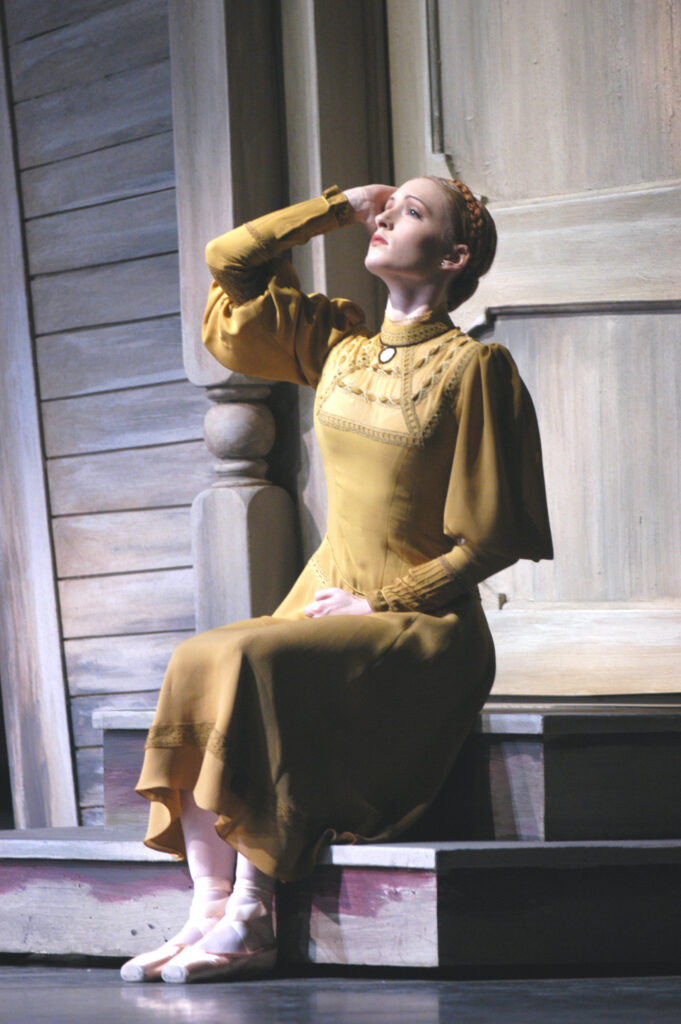
Was there a moment in your career that was really challenging, and how did you get through it?
Certainly the pandemic. I had just come back from giving birth—Ax was 8 months old—and I had just danced Giselle at the Kennedy Center. A few weeks later, the world shut down. At one point I approached my previous director, Kevin McKenzie, and said, “I’m over 40 years old, I’ve had a great run. I think when we get back from this pandemic it might be a good time to retire.” And his response was, “If you feel 100 percent certain about that, then by all means, but I think you have more years in you. Why don’t you wait until you get back in the studio and see how you feel?” Sure enough, he was right. I felt way better than expected.
How has becoming a mother changed your dancing?
I wasn’t sure what to expect, in terms of balancing being a mother and a ballerina. Both roles require all of your being. But it’s entirely possible. I think motherhood broadened the scope of my emotions in a way that informed and enriched my portrayals onstage. The intensity of my love for my child is so profound, so when I’m telling a story, whether it’s Romeo and Juliet or Giselle or Swan Lake, I feel like I’ve found new layers to these roles.
You coach a lot of dancers now. What do you try to pass on to them?
In his Instagram post after Swan Lake, Michael said I was constantly encouraging him to trust his intuition. That’s something that I feel strongly about. At a certain point in our training, we know so many of the rules. But it becomes important to learn how to break those rules and explore what it is you want to say or what you’re feeling. As a coach, I try to encourage dancers to find a real sense of self and self-expression, so that onstage they can be prepared but also very spontaneous and present and authentic.
What’s next? Will you continue to work at American Repertory Ballet?
I’m open to exploring what’s next. I’ll definitely keep coaching the dancers of ARB; I absolutely love working with them. And I’ll continue to help stage some of Ethan’s choreography at ARB and elsewhere. I’ve also been talking with Amanda McKerrow and John Gardner about possibly helping stage Tudor rep.
I’ve been working as a professional since I was 17, but I’ve been dreaming and working towards being a ballerina since I was 3 years old. So, I think it might be really valuable to take some time to just “be,” and to spend more time with my 6-year-old and Ethan, and to maybe reconnect with some friends that I haven’t seen in a while.
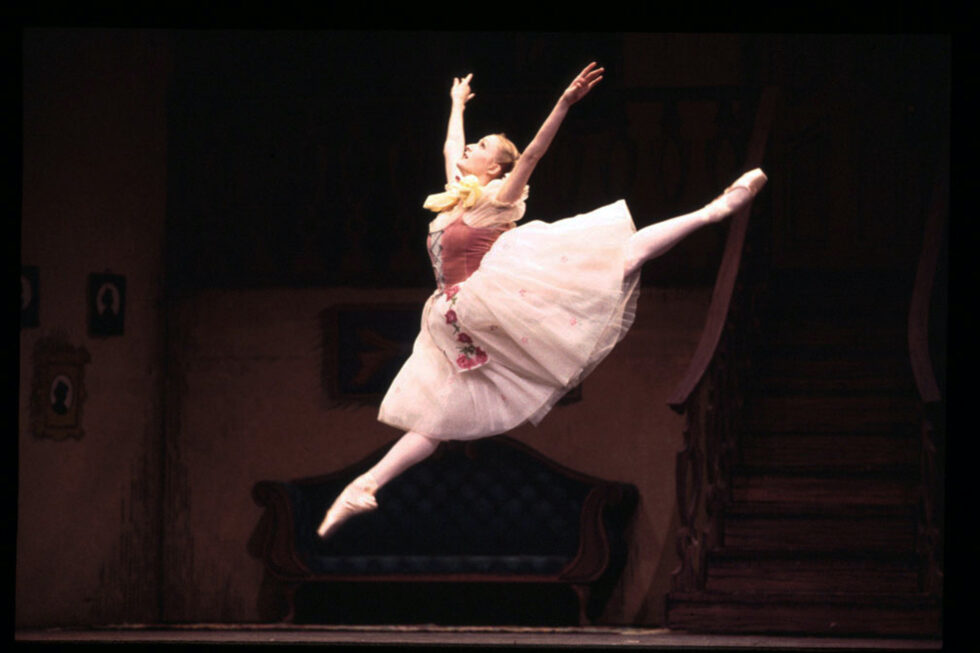
What will you miss the most?
My peers. They are some of the most incredible people you’ll ever meet. The way we understand each other without even speaking is so special.
What are you most grateful for?
All of it. It’s such a gift to get to spend a lifetime exploring the possibilities of dance, of one’s body, of how to express your emotions and your internal world, and to immerse yourself in these roles.
The post Gillian Murphy Reflects on Her Final Season at American Ballet Theatre appeared first on Dance Magazine.
